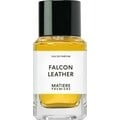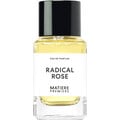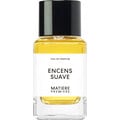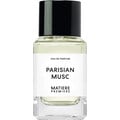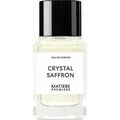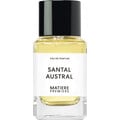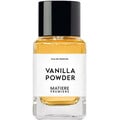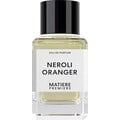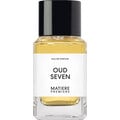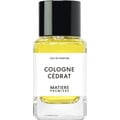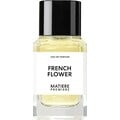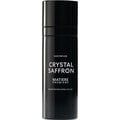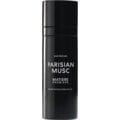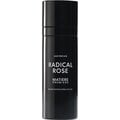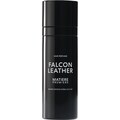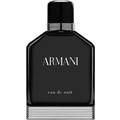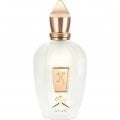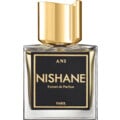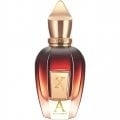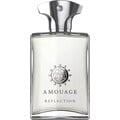10/06/2023

ScentStudio
141 Reviews

ScentStudio
2
Beautiful woody fragrance
Bois d'Èbéne has a sweet, pleasant, woody and unisex opening. A note of smoke slowly creeps to the surface turning the scent to a more masculine fragrance, but it is still very wearable and elegant.
With Bois d'Èbéne we are, however, back to the profile of Matiere Premiere; easy, likable fragrances. Something about it, once again, reminds me of another fragrance, but I cannot remember which. It must be the patchouli, which I finally have learned to identify.
I loved Radical Rose for the surprise that it gave me, but Bois d'Èbéne is far more my style and the composition I usually lean towards. Deep, mysterious, sexy.
On paper, the fragrance is aromatic with a clear note of juniper that did not appear on my skin at all. This profile turns the fragrance completely masculine to me smelling like a fresh cologne.
Another characteristic I've notice about Matiere Premiere, is that the fragrances are veryª faint. Maybe my nose gets used to them very quickly, but I am lacking the sillage. I feel like I would have liked them more if I could actually smell them on me, but they remain an ambiance in the background during the day.
A little anecdote I would like to add is that I visited my parents and my mom immediately complimented my fragrance and exclaimed "what are you wearing!?". Upon second thought, Bois d'Èbéne is actually a fragrance I would consider adding to my collection.
With Bois d'Èbéne we are, however, back to the profile of Matiere Premiere; easy, likable fragrances. Something about it, once again, reminds me of another fragrance, but I cannot remember which. It must be the patchouli, which I finally have learned to identify.
I loved Radical Rose for the surprise that it gave me, but Bois d'Èbéne is far more my style and the composition I usually lean towards. Deep, mysterious, sexy.
On paper, the fragrance is aromatic with a clear note of juniper that did not appear on my skin at all. This profile turns the fragrance completely masculine to me smelling like a fresh cologne.
Another characteristic I've notice about Matiere Premiere, is that the fragrances are veryª faint. Maybe my nose gets used to them very quickly, but I am lacking the sillage. I feel like I would have liked them more if I could actually smell them on me, but they remain an ambiance in the background during the day.
A little anecdote I would like to add is that I visited my parents and my mom immediately complimented my fragrance and exclaimed "what are you wearing!?". Upon second thought, Bois d'Èbéne is actually a fragrance I would consider adding to my collection.

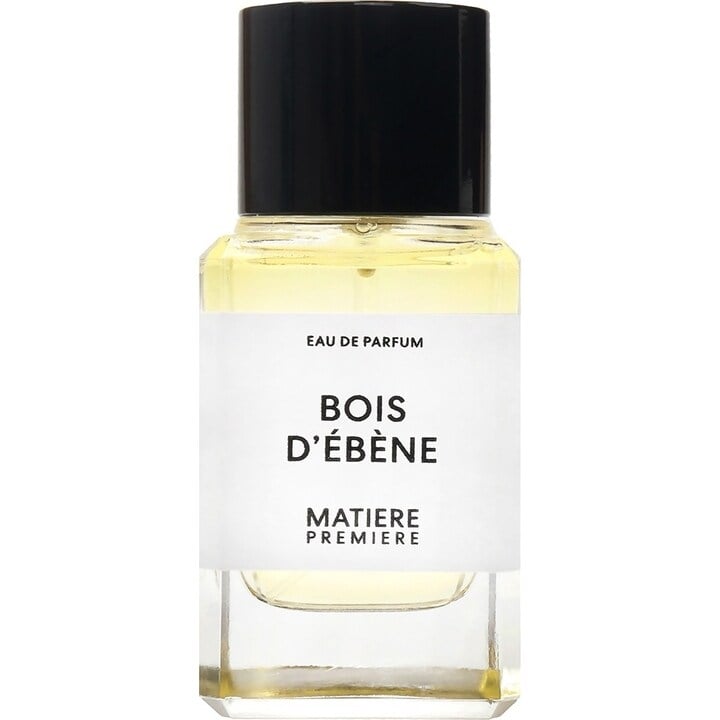











 BertolucciK
BertolucciK MariaS
MariaS Origo
Origo MrLawman
MrLawman NicheOnly
NicheOnly